Exposure Compensation
Exposure compensation is used to alter exposure from the value suggested by the camera, making pictures brighter or darker. It is most effective when used with center-weighted or spot metering (0 Metering). Choose from values between –5 EV (underexposure) and +5 EV (overexposure) in increments of 1/3 EV. In general, positive values make the subject brighter while negative values make it darker.
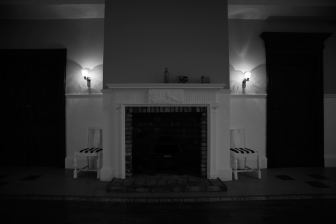
–1 EV
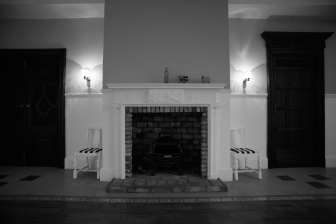
No exposure compensation
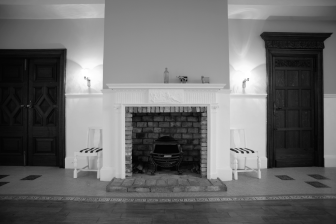
+1 EV
To choose a value for exposure compensation, press the E button and rotate the main command dial until the desired value is displayed in the viewfinder or control panel.
E button
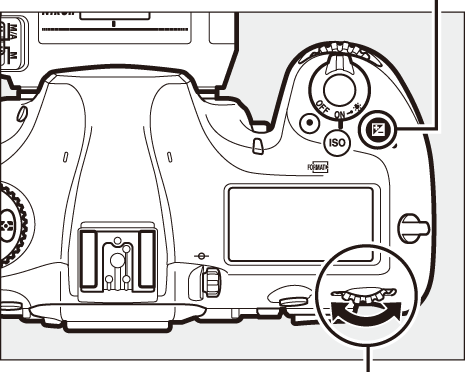
Main command dial
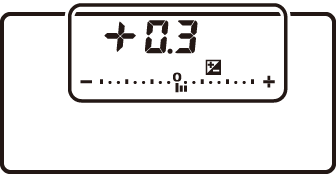
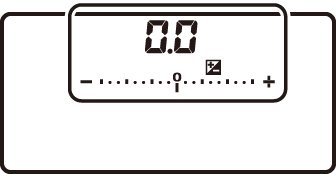

±0 EV (E button pressed)
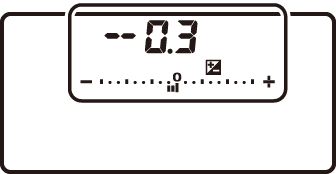

–0.3 EV
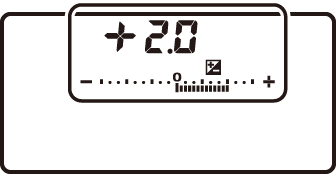

+2.0 EV
At values other than ±0.0, the 0 at the center of the exposure indicators will flash (except in exposure mode M) and a E icon will be displayed in the viewfinder and control panel after you release the E button. The current value for exposure compensation can be confirmed in the exposure indicator by pressing the E button.
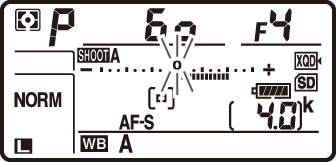

Normal exposure can be restored by setting exposure compensation to ±0.0. Exposure compensation is not reset when the camera is turned off.
Exposure Mode M
In exposure mode M, exposure compensation affects only the exposure indicator; shutter speed and aperture do not change.
Using a Flash
When a flash is used, exposure compensation affects both flash level and exposure, altering the brightness of both the main subject and the background. Custom Setting e3 (Exposure comp. for flash, 0 Exposure Comp. for Flash) can be used to restrict the effects of exposure compensation to the background only.
See Also
For information on:
- Choosing the size of the increments available for exposure compensation, see A > Custom Setting b3 (Exp./flash comp. step value, 0 Exp./Flash Comp. Step Value).
- Making adjustments to exposure compensation without pressing the E button, see A > Custom Setting b4 (Easy exposure compensation, 0 Easy Exposure Compensation).
- Automatically varying exposure, flash level, white balance, or Active D-Lighting, see “Bracketing” (0 Bracketing).
